
After my amazing stay at the Elephant Conservation Centre (ECC), I headed to the capital of Laos – the city of Vientiane.
I had no expectations about it. From my research it was a place that needed only two days of my attention and that is exactly how much I gave it. The result: I ended up being positively impressed by Vientiane – it doesn’t have the quaint charm of Luang Prabang, but it has some interesting architecture, and a French atmosphere that I didn’t expect to find so much alive. And yes – it’s more hectic – but not at the levels I had experienced in Cambodia or Vietnam. While this city is still small for a capital, it is the largest city in Laos.
This is where I could see the influence of the French, particularly in the sheer number of French restaurants and cafes, which delighted my nostrils with the smell of fresh bread. I’m not going to lie – whilst my tastebuds had been enjoying the Asian flavours, my stomach was craving some familiarity. And I hadn’t had proper bread since I left Europe weeks ago!
I think it’s important to try the local food, and I had been enjoying it. But I was travelling long term, in South East Asia, and sometimes I really just wanted a salad, some bread, a nice sandwich… and at some point, I needed a break from rice! And one thing that is important to note, specifically in Laos, is that what we see as “French” cuisine, is actually part of the Laotian cuisine as well. We can’t ignore the influence of French colonialism in this part of the world, and it’s perfectly normal that some things would be absorbed into what is Laotian culture today – including food. With globalization, fast food, primarily North American, is now common almost everywhere in the world – and often part of what locals consume too. Go to a McDonalds and likely you’ll find most customers are actually locals. The reason I’m saying this is because sometimes people love to criticize those tourists who travel so far away just to find themselves ordering the same coffee at Starbucks. I won’t judge – yes, you should look out for local coffee shops, or restaurants for more traditional local food (avoiding big corporations is something I do back home too). But sometimes you just crave something familiar… and that’s perfectly fine.
I think often there is the pressure that you have only to experience the “local, the authentic stuff”. I think it’s becoming harder and harder in some instances to understand what that is. And in this case, the French cuisine had clearly become authentic to Laos. And perhaps more so in Vientiane.
All of this is to say that I was not about to feel guilty about going to a French bakery for lunch. I ended up going there twice because it was so good – this little place called Le Terrace – allowing me to lean into what was familiar.

I quite liked walking in the streets of Vientiane. The city is walkable, only the scorching temperatures made it a little more challenging. There isn’t much to do indeed – even though the city rests by the Mekong River, there aren’t nice walkable places by it, and the views are nonexistent. I also have to say the night market is the worst by far I experienced in my travels in the region. There is barely any food, and it’s mostly selling clothing, shoes, gadgets… all poor quality stuff from China.
A sight you can’t miss in Vientiane is the Patuxai. This monument, known as the Arch de Triomphe of Vientiane, was erected, a little bit ironically I must add to honour those who fought for Laos’ independence from France. Celebrating those who helped the country get rid of the French, with a French-inspired monument! Whilst it was clearly inspired by the “original” Arc du Triomphe, at closer inspection you see how it includes traditional Lao architectural elements, decorated with intricate carvings of Buddhist symbols, Hindu deities and Laotian mythology creatures. The monument contains five towers, each of them representing the five principles of Buddhism – Thoughtful Amiability, Flexibility, Honesty, Honor and Prosperity.
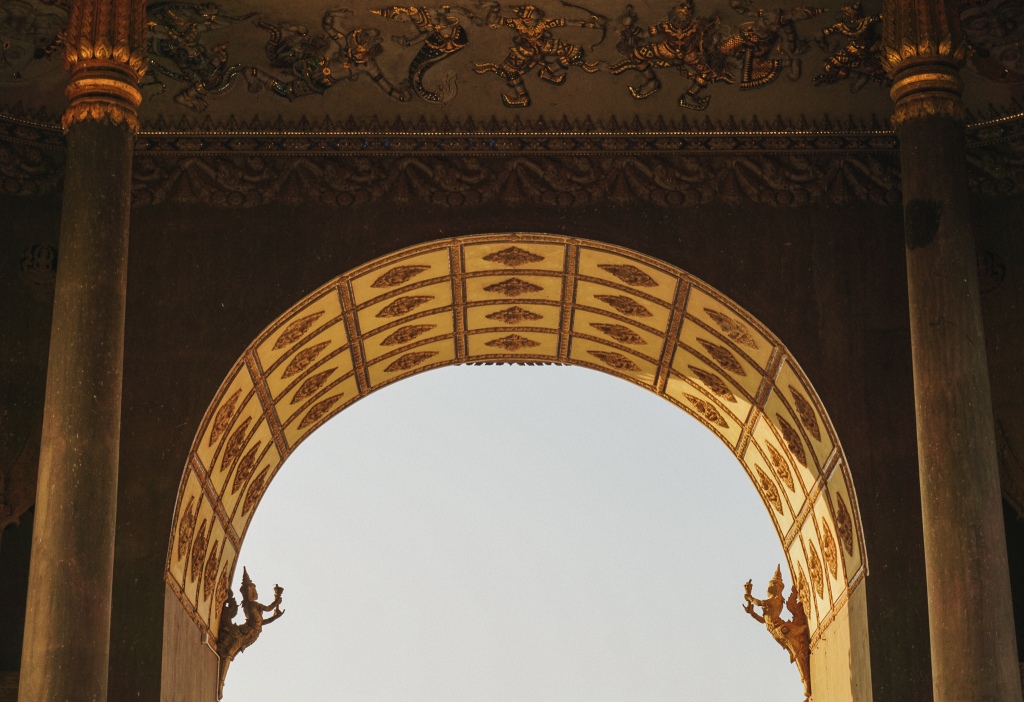


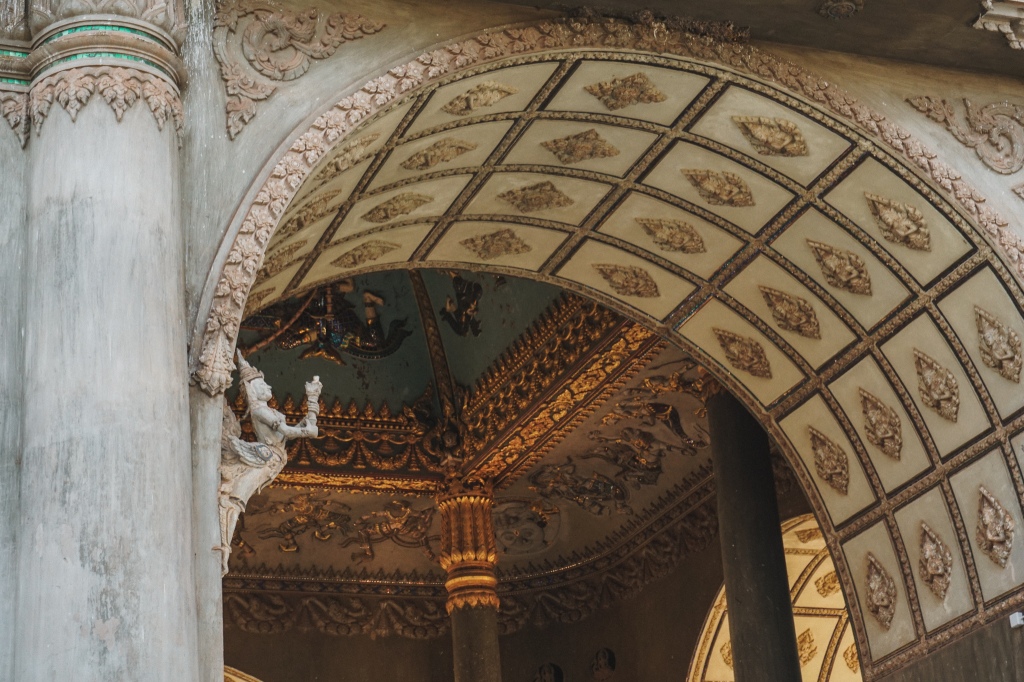



A fun fact about this monument: the cement used to build it was originally to be used in an airport, but the Laotian government decided to honour the soldier who fought for the independence of the country instead. Because of this, some people call it the “vertical runway”.
Temple hopping is another activity to do in Laos – there are plenty of interesting temples you can visit near the centre of the city, at a walkable distance. One of them is the majestic Pha That Luang and also the oldest one in Vientiane – Wat Si Saket. The latter definitely needed some cleaning – it is known for its cloister housing thousands of tiny buddhas, but most of them were covered in thick layers of dust and spiderwebs. You have to pay to enter both these temples, but there are others also quite beautiful that don’t require a ticket to enter – in case you are on a tighter budget.

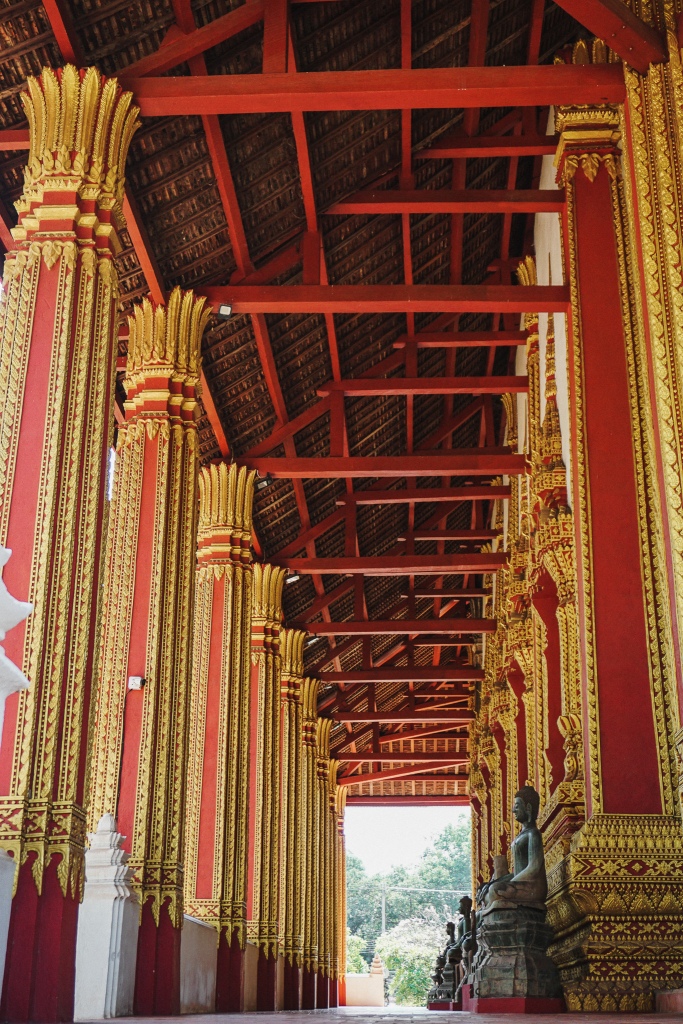


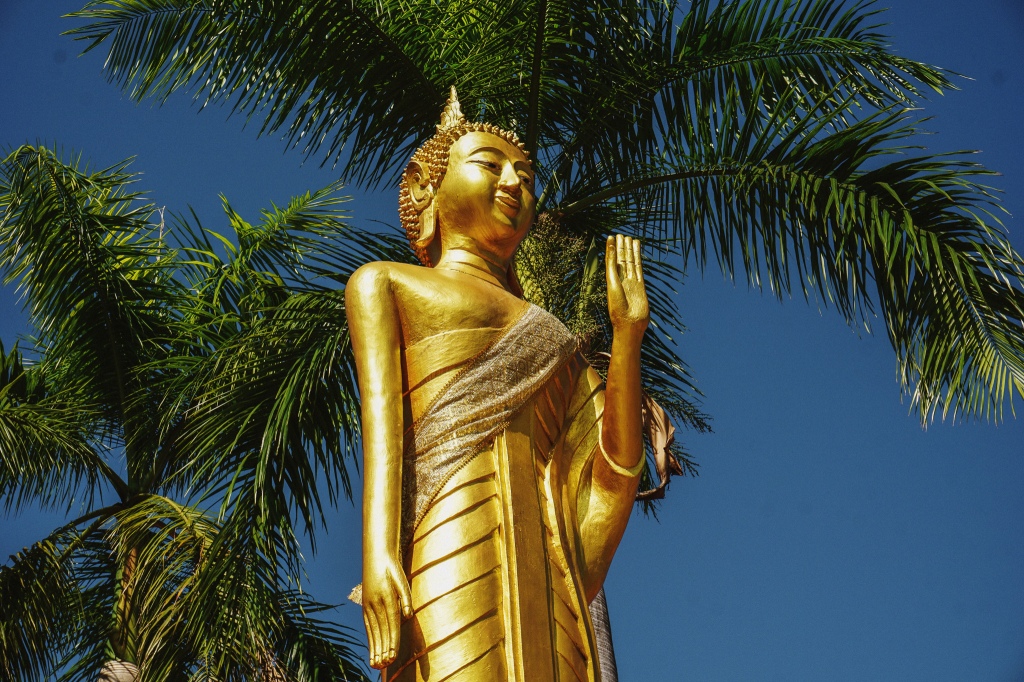


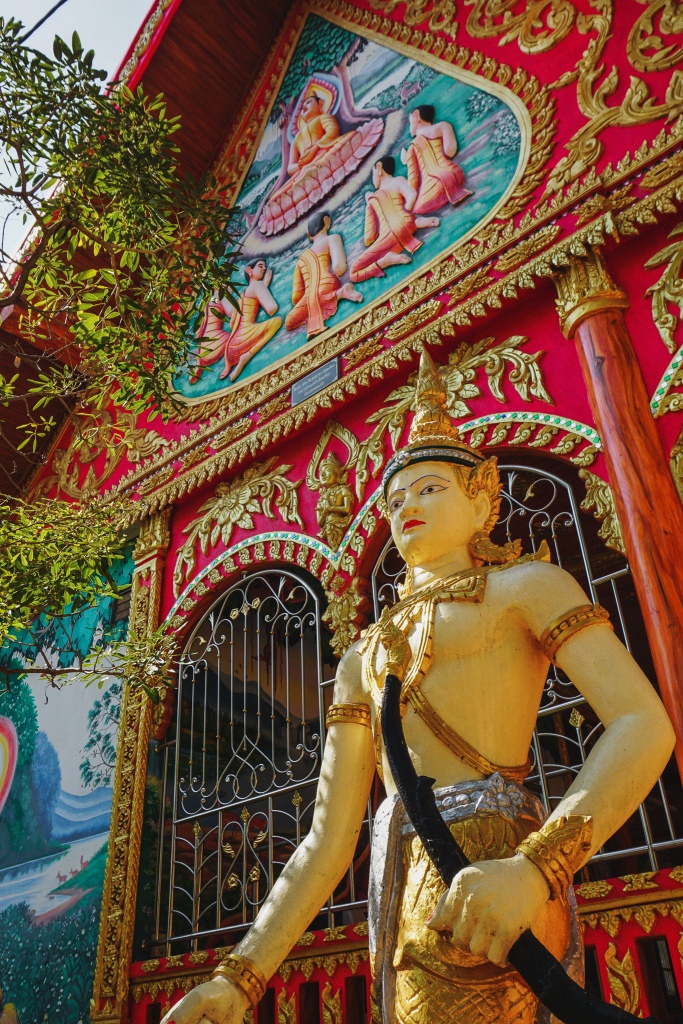




It would be amiss of me not to mention the COPE Visitor Centre – an absolute must-visit. In my previous post, I talked a little about the UXO (Unexploded Ordinance) and the visitor centre in Luang Prabang. I would say that the COPE Visitor Centre is a complement to that visit – it educates visitors about the devastating consequences of war and UXO. Whilst the space is small, it’s packed with information, including an exhibition covering the history of the UXO in Laos and how it’s impacting life in the country, and how organizations such as COPE and the Centre for Medical Rehabilitation (CMR) are improving the quality of life for those with mobility-related disabilities.
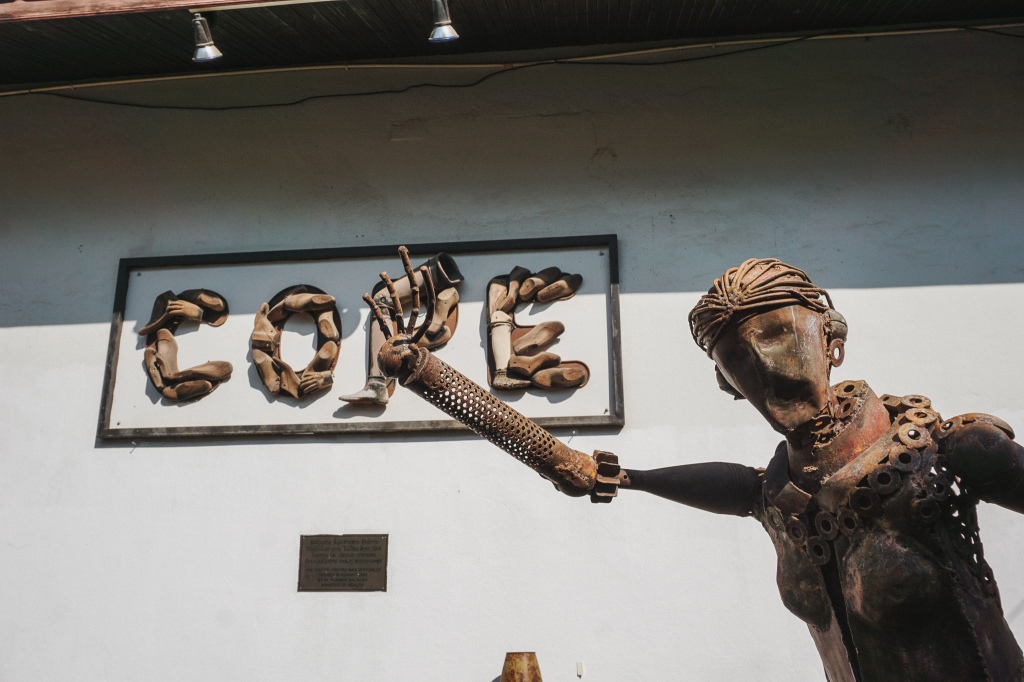



The entrance is free, but you can make a donation and/or a purchase at their gift shop. There is also a café on-site, but it was closed when I visited.
Overall I did have a pleasant time in Vientiane. I stayed in a lovely guesthouse that I can definitely recommend, called SYRI Guesthouse. You do need to be comfortable with pets – dogs and cats. They save animals from the streets, and whilst this is only a plus for me, I understand it can be an issue if you have an allergy or a phobia. They also serve delicious breakfasts. Pro-tip: bring US dollars with you to pay for your stay. I read some reviews mentioning that the price was significantly higher if you try to pay in Kip.




At the time of my visit, Vientiane was also blooming. There were flowers everywhere, specifically the painfully gorgeous flow of the Frangipani, also known as the Plumeria. In white and pink colours, I found myself falling in love with it. Often known as the “Temple Flower” that’s where you’ll find trees heavy with them. The local name for the flower is Dok Champa and it’s considered the national flower of the country.

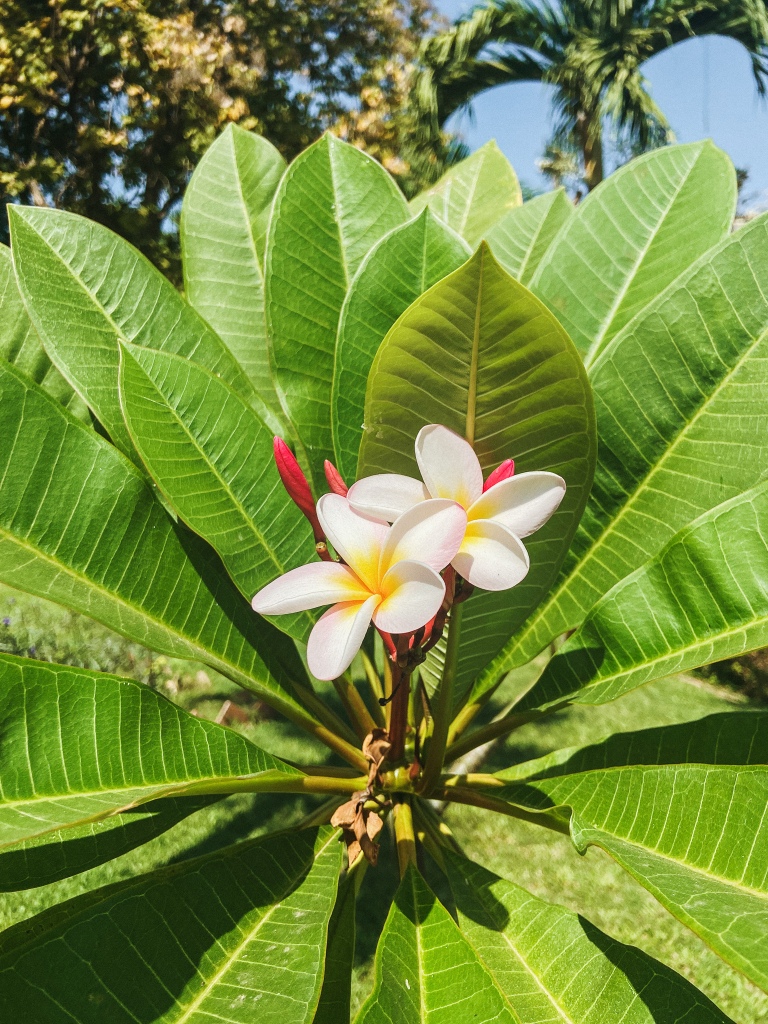

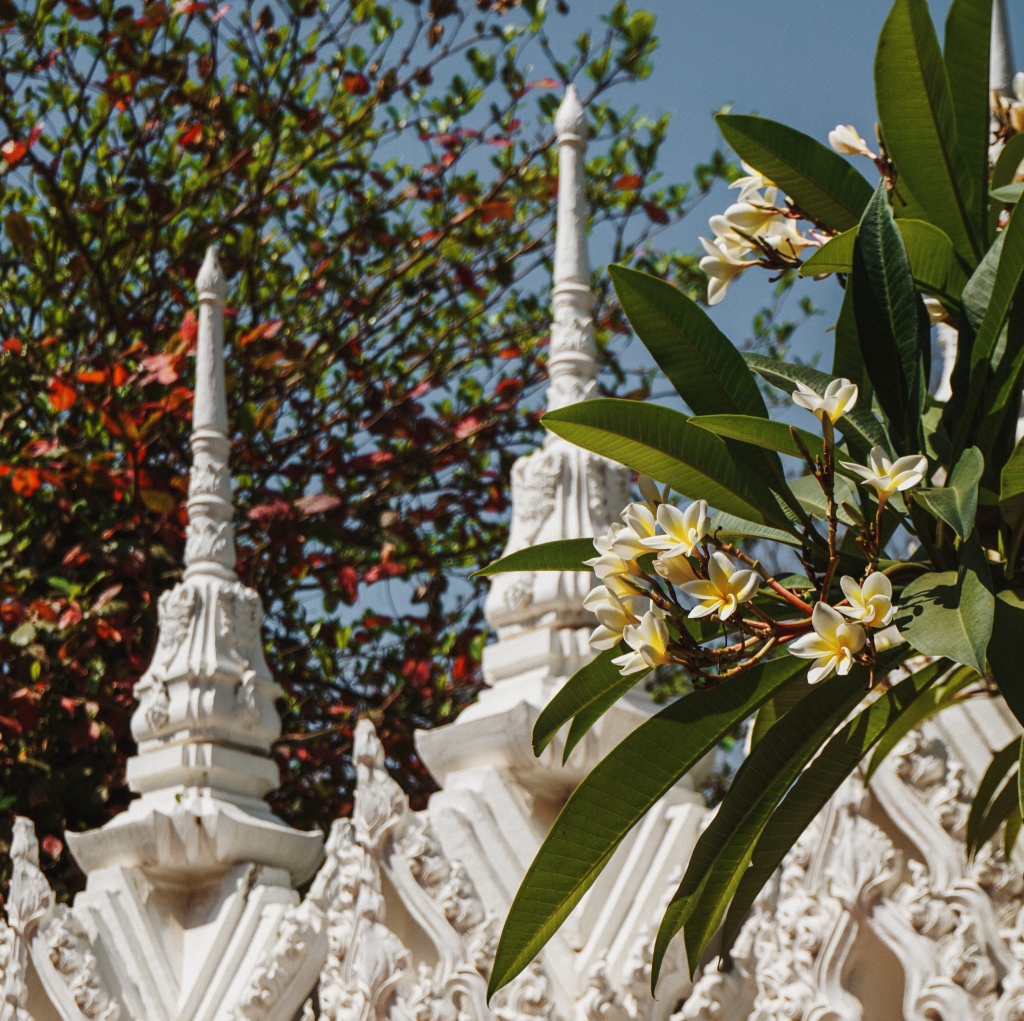
All and all, I had a lovely time in Vientiane and I recommend it for anyone who is in Laos and has a few extra days to spare.
Love, Nic

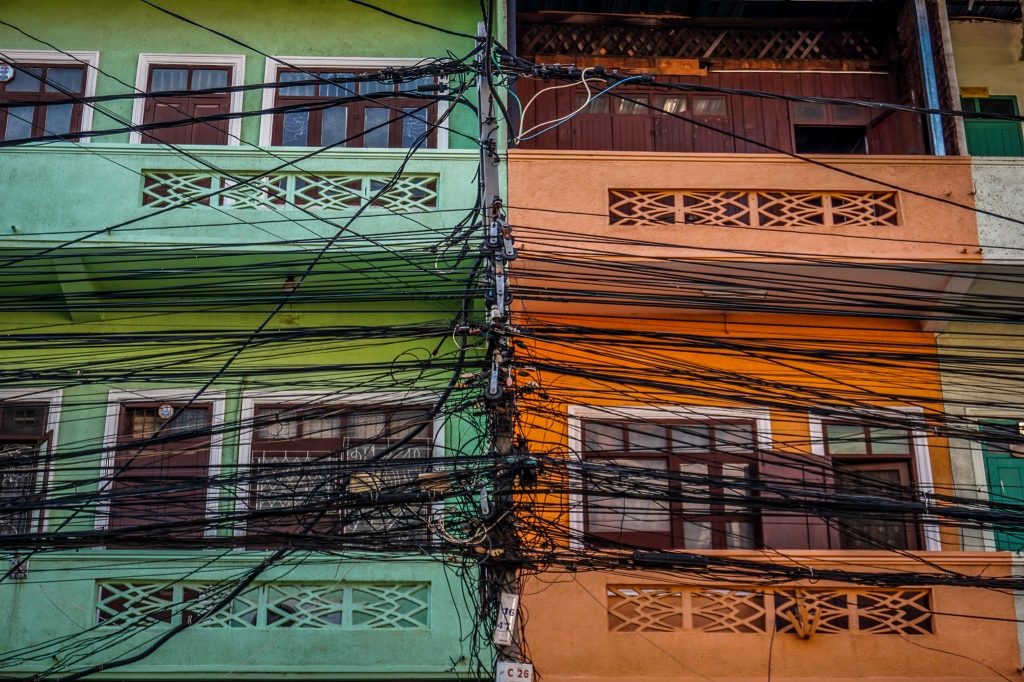



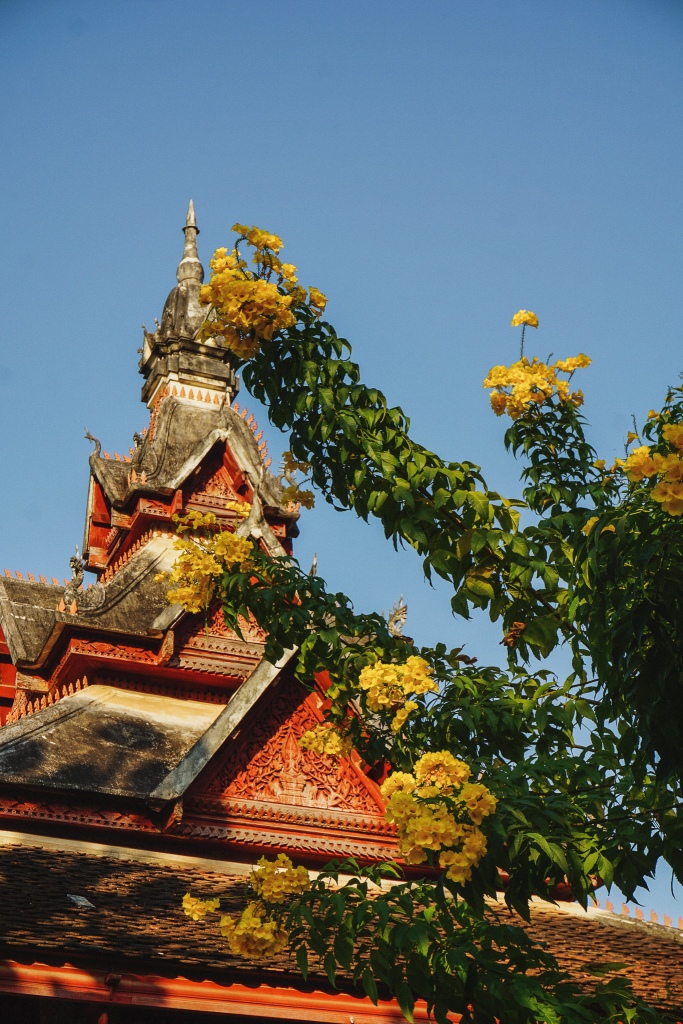


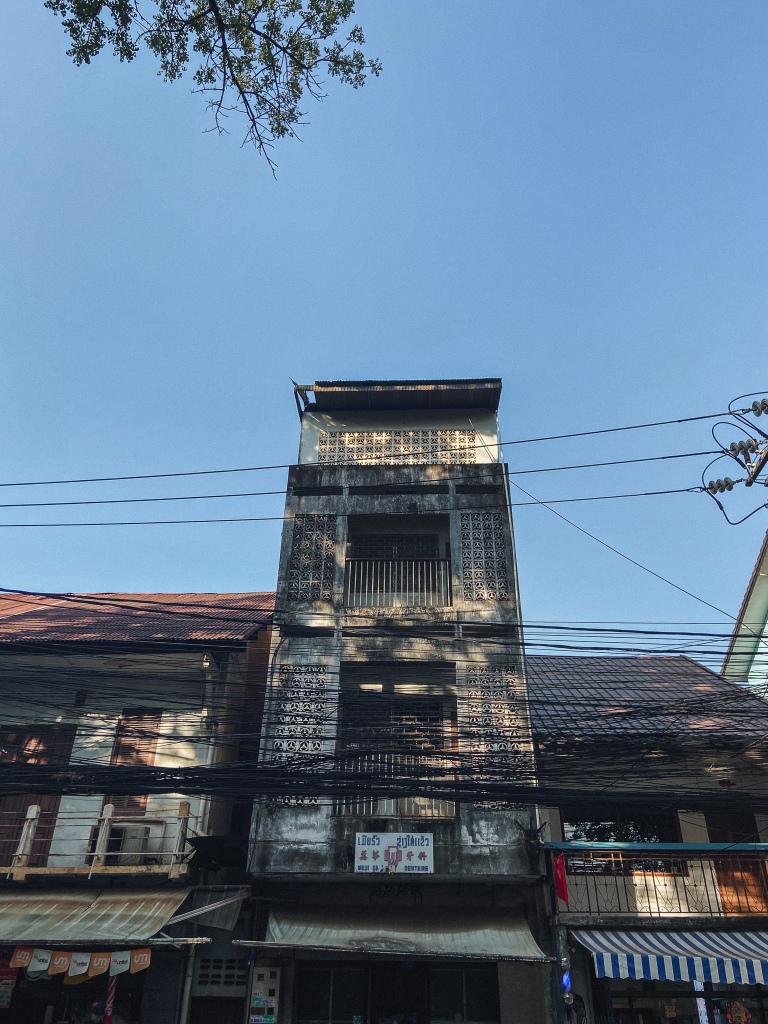
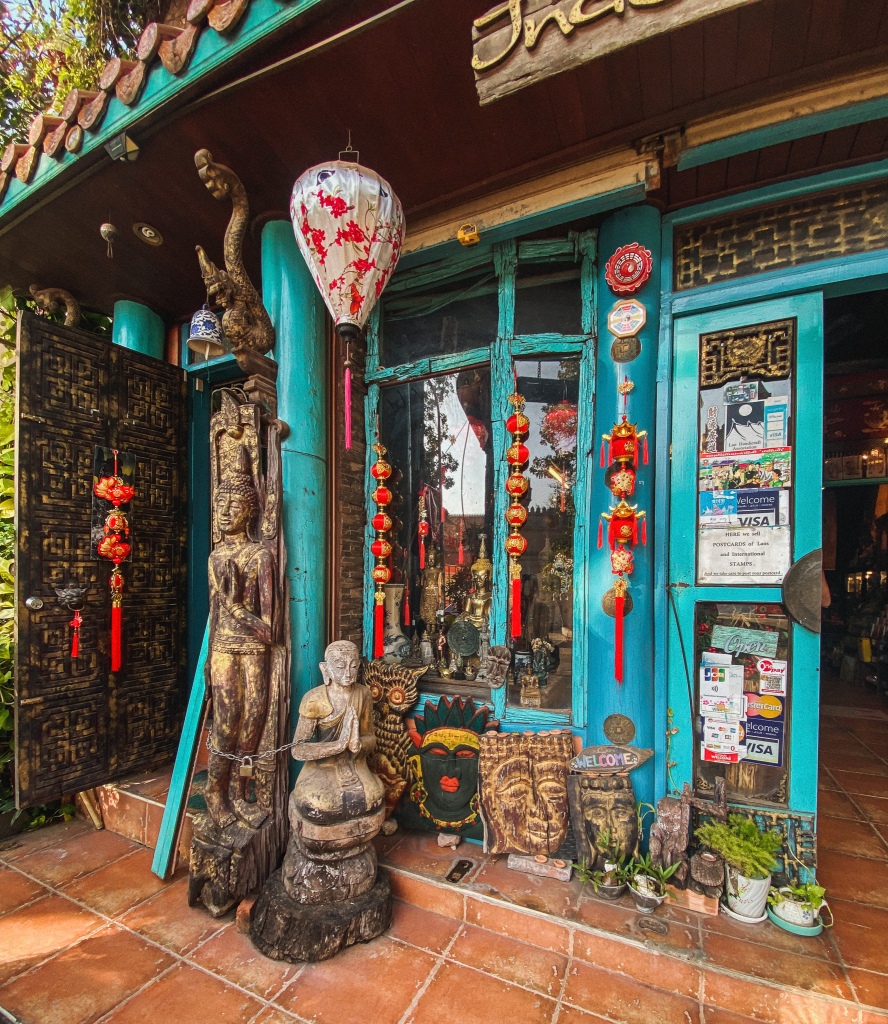




One thought on “Meet Vientiane, the small capital of Laos with a strong French influence”